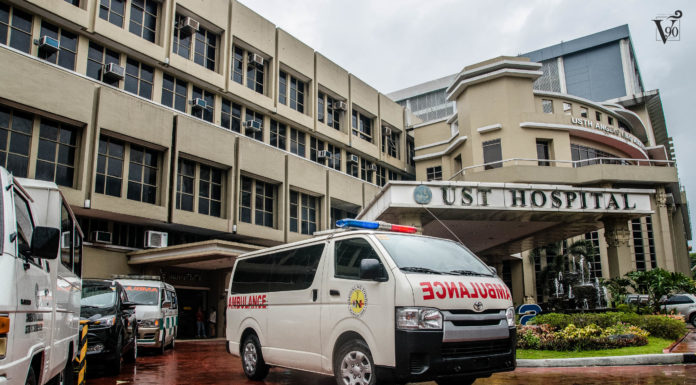FOR FISHERMEN, an algal bloom is considered a “pond scum,” a parasite to their source of livelihood. However, for scientists like Rey Donne Papa, algal growth may help solve the country’s energy problems.
During field work, Papa of the Research Center for the Natural Sciences and his thesis students accidentally found Botryococcus braunii Kützing (B. braunii), more commonly known as green algae, in Paoay, Ilocos Norte.
The novel discovery was documented in a study titled “Blooms of the Colonial Green Algae, Botryococcus braunii Kützing, in Paoay Lake, Luzon Island, Philippines.”
Papa’s research was published on the Philippine Journal for Systematic Biology back in 2008. Data analysis was done with Taiwanese scientist Dr. Jiunn-Tzong Wu.
According to Papa, the need for renewable energy sources prompted him to delve more in the study of whether the B. braunii is a good source of renewable energy.
A ‘chemical reaction’
Papa said B. braunii was initially thought to be a chemical reaction in the water. However, examination done by Dr. Susana Baldia, a Thomasian phycologist or an expert in the study of algae, identified the “chemical reaction” as B. braunii, a colonial green algae that form blooms in the environment.
Algae populations in ecosystems are considered to be a threat because they release allelochemicals, substances that may affect another species’ growth or behavior.
Furthermore, oil produced by algae prevents the entry of oxygen to the lake. This reaction becomes harmful to fish and other sea creatures.
Oil is created by B. braunii through photosynthesis, wherein algae and other photosynthetic organisms capture sunlight and transform it in oxygen and biomass.
With the abundance of B. braunii within Paoay Lake, sea creature population in the lake is decreasing.
But Papa said oil produced by the algae can be a source of renewable energy, and is in fact being developed in other countries like the United States and Netherlands for this purpose.
“With the need for renewable energy rising, B. braunii just needs to be in a controlled environment for it to be further developed,” Papa added.
B. braunii’s population in Paoay Lake grew at an average of 155 percent from May 2008 to June 2008—to 24,656 from 9,670. Papa said the bloom’s occurrence was seasonal.
However, despite the knowledge of B. braunii’s capacity to produce oil for energy, the process of extracting fuel from B. braunii is yet to be known.
“Once B. braunii is in a controlled environment, it may be used as a source for cleaner and renewable energy,” Papa said.
He said the Philippines may have to wait longer before it can harness the “full potential” of the research.
“If properly funded, the results may be seen in 10 years,” he said. “Many scientists have tried looking for B. braunii, but they never encountered one with such proportion and sustenance.”
At present, Dr. Baldia and her students still continue to study B. braunii in Paoay Lake.















